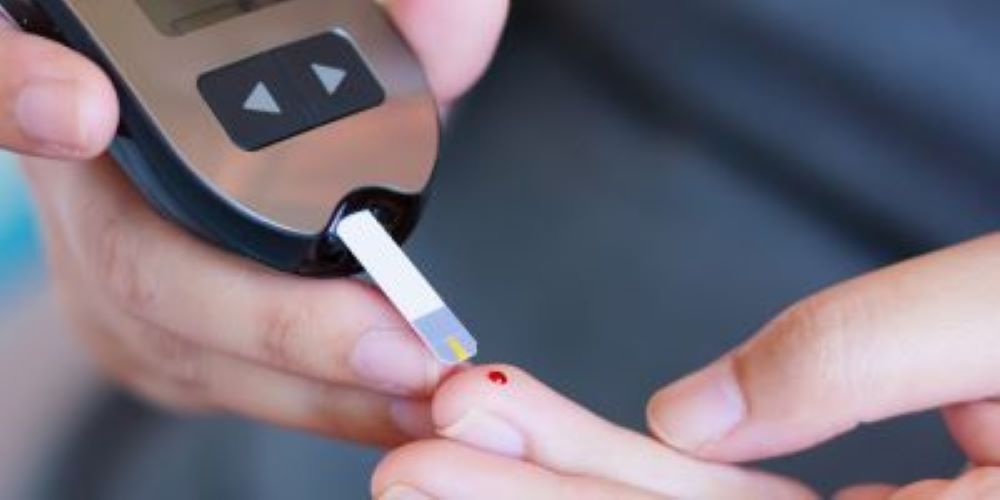
Easy Ways to Reverse Prediabetes And Type 2 Diabetes
Diabetes is a significant public health concern in Singapore. The prevalence of diabetes, especially type 2 diabetes, has been steadily increasing over the years. In fact, approximately 90-95% of all diabetes cases were classified as type 2 Diabetes.
Some of the risk factors include:

First, high consumption of calorie-dense and highly processed foods.

Second, sedentary lifestyle impairs glucose control and raises the risk of type 2 diabetes.

Third, excess body fat, particularly abdominal fat, can cause your body cells to become resistant to insulin.

Fourth, risk increases with age, particularly above age 45, or if there is a history of family members with diabetes. In addition, certain races are more susceptible.
What are the symptoms?
These are some of the most common symptoms: fatigue, increased hunger, sudden weight loss, frequent urination at night, tingling or numbness in the hands or feet, feeling thirsty, vision problems that result in blurred vision, and wounds that heal slowly or not at all.
Normal blood sugar range
There are several blood glucose tests for diagnosing diabetes and monitoring blood glucose levels. The most common blood glucose test used in health care and routine testing is the fasting blood glucose test. Normally, a fasting blood glucose level below 100 mg/dL (5.6 mmol/L) is considered normal whereas fasting blood glucose levels between 100-125 mg/dL (5.6-6.9 mmol/L) may indicate prediabetes.
Prediabetes is a borderline case of diabetes in which blood glucose levels are not high enough to be classified as type 2 diabetes. However, a fasting blood glucose level of 126 mg/dL (7.0 mmol/L) or higher is often used as a diagnostic criterion for diabetes.
Additionally, other tests include the Oral Glucose Tolerance Test (OGGT) and the Hemoglobin A1C (HbA1c) test.
What are the risk of complications for diabetes?
Diabetes is a chronic disease that can lead to a number of complications if not well-managed over time. Otherwise, the complications can affect various organ systems of the body.
Some of the most common complications are:
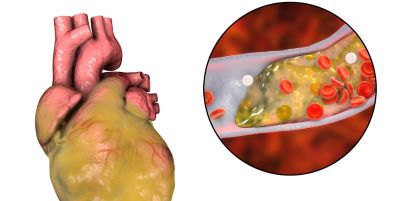
First, poor blood glucose control increases the chance of atherosclerosis, which is a condition where plaque builds up in the arteries.
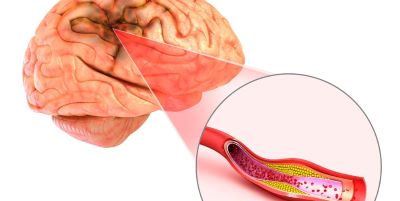
Second, plaque and blood clots can occur in blood vessels in the brain. When blood vessels in the brain are narrowed or blocked, brain cells do not get sufficient oxygen and nutrients. As a result, a stroke occurs.
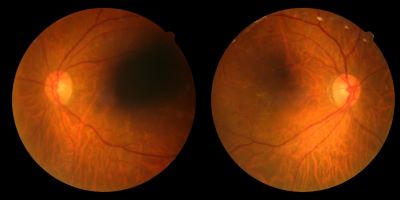
Third, diabetes can cause damage or leakage of the blood vessels in the retina, preventing light from passing through. This potentially results in reduced vision or even blindness.
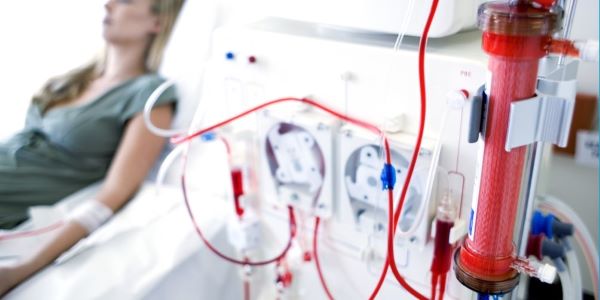
Fourth, diabetes damages the blood vessels in the kidney and impairs the kidney's filtering system, causing it to work less efficiently. Severe damage can cause kidney failure or irreversible kidney disease, leading to the need for dialysis or kidney transplant.

Fifth, high blood sugar levels can damage the nerve fibers that control sensation in the feet and legs. The loss of feeling and slow blood flow to the feet increases the risk of foot damage and even possible amputation in the worst case.

Sixth, damage to the blood vessels reduces blood flow to the skin, causing decreased blood circulation and reduces the body's ability to heal.
Type 2 diabetes treated with medications
Type 2 diabetes is characterized by insulin resistance and impaired insulin production. Conventional treatment may include one of the following: oral medications, injectable medications, or insulin therapy.
Is Type 2 diabetes reversible?
Prediabetes is certainly a reversible condition. In fact, it is also possible to reverse type 2 diabetes in some cases without medication by changing diet and lifestyle. Lack of exercise and obesity are closely related to type 2 diabetes and the development of insulin resistance. To this end, exercise more to lose weight, lower blood sugar and increase insulin sensitivity. It is equally important to eat plenty of high fiber foods such as fruits and vegetables, beans, whole grains, nuts and seeds.
In essence, it is recommended to consider a holistic nutritional approach to the prevention and treatment of diabetes.
Read J.G.'s testimonial Remarkable Recovery from Prediabetes, Fatty Liver and High Cholesterol.
Consultation to prevent Type 2 diabetes
- Discuss in detail the macronutrients in your diet and recommend necessary adjustments.
- Tips on what food and beverages to take or avoid.
- Learn the importance of the most essential mineral to fight diabetes.
- Necessary supplementation as a first layer of defense for better blood sugar regulation and a second layer of defense to delay the onset of diabetic complications.
